May 2001
|
|
Reviewed by Ralph McGeehan Painter, modestly billed as "The Ultimate Natural Media Painting Tool" by its new owners, the Corel Corp. of Canada, has recently been overhauled into version 6.1. Based on input from hundreds of user-artists, including me, Corel has made a number of strong improvements to the package. Until recently, Painter was the only software of its kind, although several new competing programs have now entered the market. Painter is a large, fairly complicated assemblage of software tools designed to produce computer-generated art that mimics traditional media such as oil paint, charcoal, watercolor, pencil, etc. It must be teamed with a pressure-sensitive tablet, such as the wonderful Wacom models, that enable the artist to draw without struggling with a mouse, which is almost impossible to use effectively with this or any other 'paint' program.
At its base level, the program provides a toolbox full of media tools that are 'loaded' into the pressure sensitive drawing stylus. Drawing with the stylus, while resembling drawing traditionally on paper with a pencil or brush, requires a bit of practice for the novice, since the artist is not looking at the 'paper' but instead must watch the computer screen. After a while, though, you get the hang of it, although some there are now touch-sensitive computer screens now available (for a hefty price!) where you can draw with the stylus right on the screen! The artistic effects created by Painter really do look like the media they mimic, and with some practice, an artist can produce artwork that is practically indistinguishable from traditional media. Painter allows you to select a drawing surface, such as canvas or charcoal paper, which then influences the way 'paint' or 'charcoal' tools are applied, with the tooth or grain of the surface showing through. The net result can be truly spectacular and cannot really be duplicated by image-editing software such as Photoshop. You can even adjust the "lighting" of your finished work, to catch the highlights on digital 'impasto' (thick) paint strokes! Using traditional art tools and surfaces, the artist has always had to learn to master strict materials and media constraints in order for the piece to be technically successful. To master oil painting or watercolors, for example, has required years of work. Painter, much to my delight when I discovered it five years ago, breaks all the boundaries on what you can and cannot do within a certain media. Thus, you can start out using oil paints on canvas (which 'dry' instantly, unlike the real thing!), then work into it with some watercolor effects, add some charcoal on top, blend a section with pure water, incise out some scratchboard lines, touch up with colored pencils, and on, and on, and on! Indeed, one of the problems of working with Painter is knowing just when to stop working -- in traditional media, once the piece was finished, that was it -- done, with no chance to redo or continue. With Painter, of course, you can save off different versions, or hit the undo key a few times, and keep working until the cows come home. There is no limit to how much you can add, change, correct, or alter the picture -- a concept that takes some getting used to. The program has so many features, (too many, I feel) that I have only barely scratched the surface in this review. The manual, all 500+ pages of it, is fairly well written but requires close study and lots of practice. There are now a couple of other artistic software programs on the market, but I haven't had a chance to work with them -- all are fairly pricey and have their own peculiar interface and features. For anyone serious about producing original art on the Mac, though, I would unhesitatingly recommend Corel Painter 6.1 coupled with a Wacom tablet (6"x9" or larger). Beyond the basics, things get quite a bit more complicated, however. Painter has always been a "deep" program in that it has provided an overabundance of controls and parameters that affect each of the dozens of brush styles. The new version tries to make this upward learning curve a bit more palatable with a new, slicker interface that better organizes all of the various controls and 'palettes.' But the amount of sliders, selections, values, and other widgets that are provided are far too much for the average user to conquer. More than two dozen controls are available for each brush, most with arcane names like "cubic interpolation, jitter or resat" which makes it almost impossible to claim any real mastery of the program. The steep learning curve may keep many an artist from delving too deeply into the hundreds of special effects, alterations, and 'gee-whiz' features that Corel has provided, such as image hoses (spray your drawing with shamrocks, tropical fish, or Italian village architecture!), psychedelic media (yes, you can draw in molten lead, or drippy goo!), and others that, while fun to explore, seem to have little use for serious art. Thankfully, you can ignore most of the hyper-tech settings and still get good results! One of the most useful features, I've found, are the cloning tools. First, you load an image such as a photo. You then are able to 'paint' the image on a blank canvas with each stroke of the stylus interpreting that segment of the image in the style of a selected natural media, such as chalk. The results, particularly in the hands of someone who is used to drawing, can be an impressive interpretation of the photo as a chalk drawing! Since the drawing of the image is taken care of by the cloning tool, the artist is free to concentrate on the rendering nuances, including media type, brush size, opacity, how much canvas or paper grain shows through, etc. To finish the clone-drawing, the artist can then touch it up (or even totally paint over) with whatever media seems appropriate. I have a number of art works on AOL for download, and whenever I post one of this type of file, I always get questions from artists asking "How in the world did you DO that?!" |
||||
|
|
Color Harmony for the Web: A Guide for Creating Great Color Schemes On-Line by Cailin Boyle, Rockport Publishers, $30.This enormously useful book is only one in a series of books on color harmony from RockPort Publishers. This one concentrates on color for Web design and provides you with tools to make the most effective (effective means color displays as designed) color choices for Web pages. The author presents color as the conveyer of effect or emotion, so units (and color combinations) are organized under headings like "Fresh," "Earthy," "Professional," "Elegant," and "Bold" among others. Find the effect you want your page to convey and use the appropriate color palette. It couldn't be easier. Hex values are included for the programmer and each unit provides the reader with background on the design piece and color choice. For example, we're told the corporate effect in the Dell page (left) combines an offset design with traditional subtle corporate colors. Pick the colors from the accompanying chart (below) |
|||
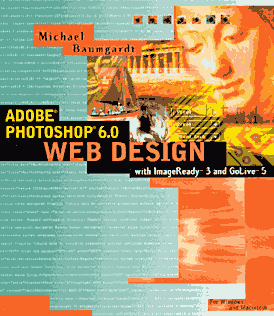 |
Adobe Photoshop 6.0 Web Design (with ImageReady 3 and GoLive 5) by Michael Baumgardt (Macintosh and Windows), Peachpit Press, $40.Use this excellent book for creating dynamic, optimized Web graphics with its full-color guide to Photoshop 6. Its integration with ImageReady and GoLive make it a full-service resource for creating art for the Internet. It covers all the basics in an easy to understand form including compression, optimization, animation and video and audio. The first unit on the basics of Web design is an intelligent and comprehensive approach to to the process that it should be the starting point for anyone working in the Web graphics industry. |
|||
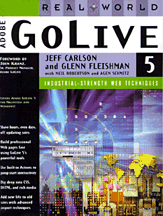 |
Real World Adobe GoLive 5 by Jeff Carlson and Glenn Fleishmman, Macintosh and Windows, Peachpit Press, $44.99.This new addition to Peachpit's highly professional series teaches you how to build professional caliber sites and pages with tables, layout grids, frames, images, colors and forms. Divided into four main parts: GoLive Basics, Page Editing, Site Management, and Advanced Features, this book is a comprehensive, authoritative and enjoyable reference for those new to GoLive as well as for more experienced users. The book is filled with notes and sidebars for additional emphasis and explanation. If you're building Web sites for profit, you need this book. |
|||
|
|
The Little Audio CD Book by Bob Starrett and Josh McDaniel. Peachpit Press, $19.99.If you want to record your own audio CDs and don't know what kind of hardware and software you need and how to avoid the most common pitfalls of CD recording, this book is better than any software manual. In this helpful and entertaining guide, the authors take you through the process of setting up your equipment and preparing music for recording and burning your own CDs. They also tell you where to find (legal) music on the Web. With the death of Napster, this alone is worth the price of the book! |
|||
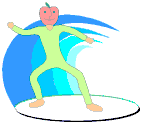
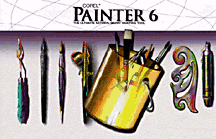 COREL PAINTER 6.1, for Macintosh
COREL PAINTER 6.1, for Macintosh 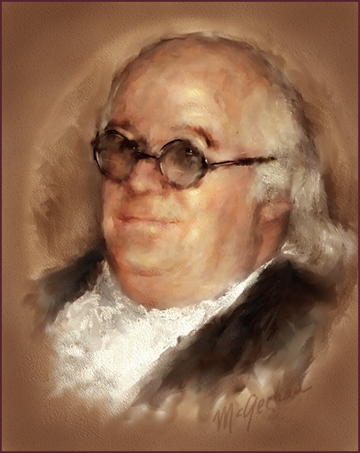
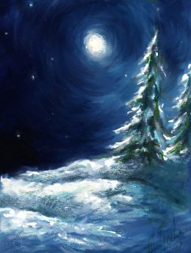
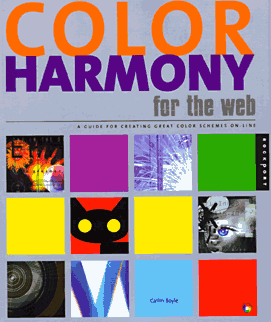
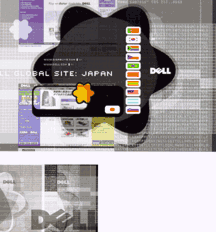
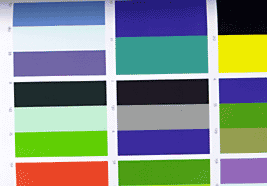 and create beautiful pages that keep their color promise!
and create beautiful pages that keep their color promise!